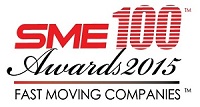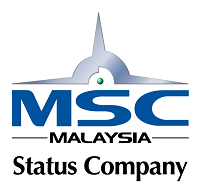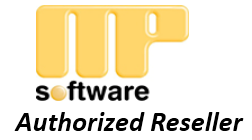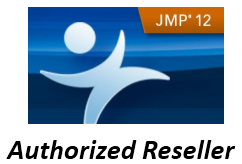BO 205 – JMP Training : Advanced Statistical Process Control – 2 days
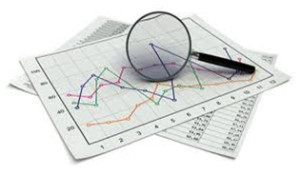
Introduction
Statistical process control is a statistically-based family of tools used to monitor, control and improve processes. However, selecting and setting up the right type of SPC control chart for a given process is crucial to getting the most benefit from statistical process control.
Developing a comprehensive understanding of advanced statistical process control techniques can take months or even years and often involves building an extensive library of SPC books and reference materials. But now, all of the information needed to achieve a thorough understanding of SPC is contained in this compact yet comprehensive course. By using the Advanced SPC online training course, your Six Sigma Black Belts or lean manufacturing in-house experts can learn how to apply advanced statistical techniques and concepts throughout your operation.
Key learning points:
• Understand the concepts of advanced SPC
• Navigate the JMP Advanced SPC interface
• Setting up real time advanced control chart through JMP software
• Triggering of process violation rules
• Effective root cause analysis through JMP software
• Interpretation of analysis results
Training Approach
This practical course combines classroom teaching, practical exercises, and group discussion with actual factory based projects to provide a complete action learning experience. The course has been designed to enable all participants leave the training room with a set of new knowledge, tools, skills and direct experience of how to use JMP software for advanced statistical process control in a real company setting.
Prerequisite: Statistical Data Analysis Through JMP Software, Quality Control and Statistical Process Control
Training facilities: Computer installed with JMP software and LCD projector
Course contents :
DAY ONE
Section 1 : Review of basic SPC
• Introduction
• Assumptions that underly Shewhart Charts
• SPC common mistakes
• Issues in sampling and rational subgrouping
• Issues in dealing with non-normal and independent data
Section 2 : Statistical techniques to determine sampling size and interval
• Average Run Length (ARL) characteristics
• Statistical techniques to determine sampling size and interval
• Consideration of economic and manufacturing factors
• When to shorten sampling interval
• Zone rules / Western Electric rules to increase sensitivity
• Rational subgroup concept
• What is autocorrelation ?
• Practical application exercise
Section 3 : Cumulative Sum (CUSUM) Control Chart
• What is a CUSUM ?
• The features and application of CUSUM
• CUSUM vs normal control chart
• V-mask and algorithmic CUSUM
• The procedure to construct CUSUM control chart
• Practical application exercise through JMP software
DAY TWO
Section 4 : EWMA and UWMA control chart
• Understanding of concepts
• The features and application
• The procedure to construct EWMA UWMA chart
• Interpretation of results
• Practical application exercise through JMP software
Section 5 : Other Advanced Control Chart
• Levey Jennings control chart
• Presummarize control chart
• Multivariate control chart
• Understanding of basic concepts
• The features and application
• Interpretation of results
• Practical application exercise through JMP software
Section 6 : Handling of Non-normal data & advanced root cause analysis
• The consequences of using non-normal data
• The features of non-normal data
• Techniques to identify non-normal data
• Various transformation methods (graphical & numerical analysis)
• Cpk calculation & establishment of SPC for non-normal data
• Statistical tools for advanced root cause analysis
• Practical application exercise through JMP software
Who should attend: Managers, engineers, executives and supervisors who will use JMP software to perform advanced process capability study and SPC implementation.
Delivery: Classroom lecture, hands-on practice, assignments and case studies.
Duration: 2 days (9am – 5pm)

